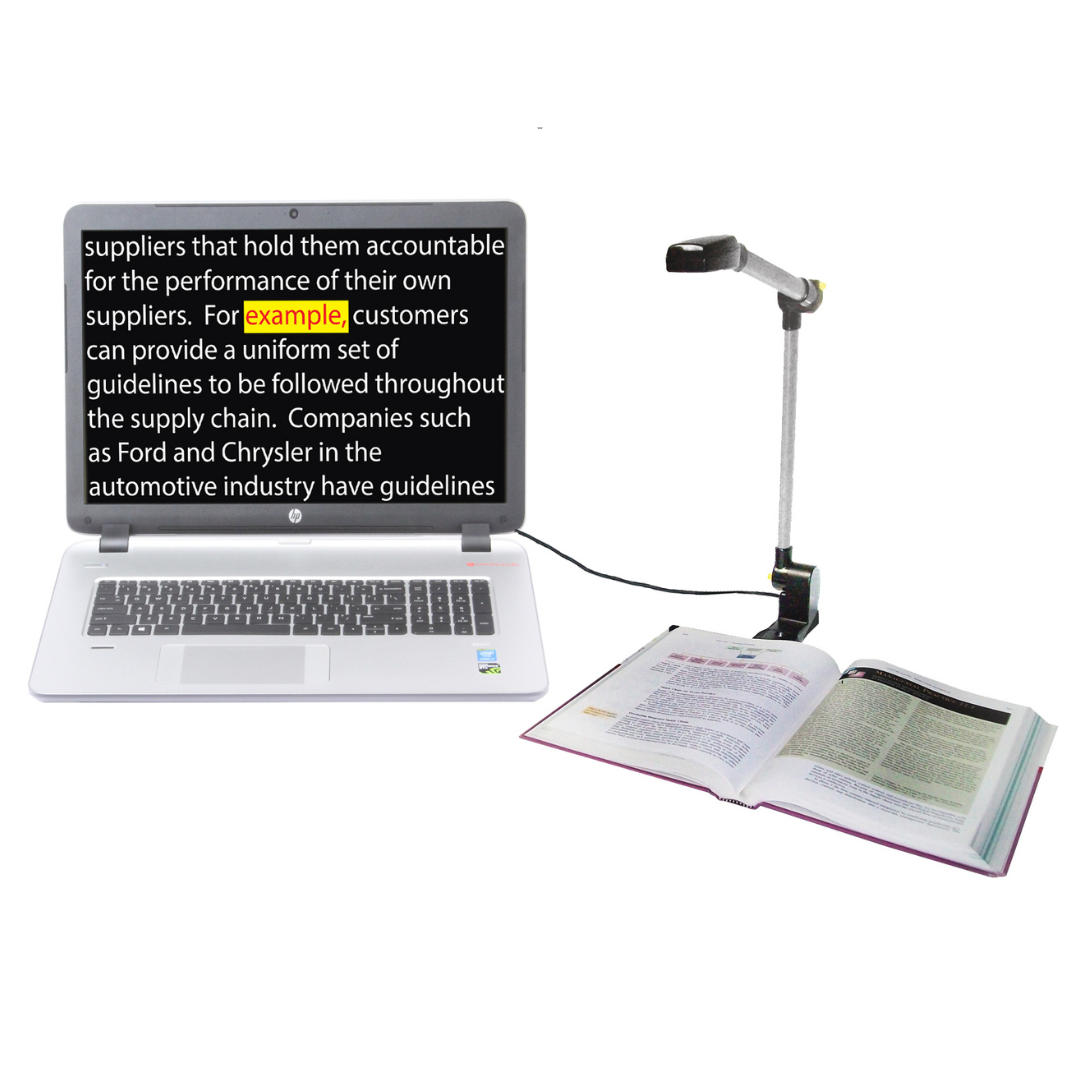1
/
of
1
SKU:900280-007
Regular price
$358.05 USD
Sale price
$358.05 USD
Regular price
$395.00 USD
Unit price
/
per
Out of stock
Couldn't load pickup availability
We accept

The Freedom Scientific PEARL, combined with JAWS, Fusion, or OpenBook scanning and reading software, brings blind and low vision users instant portable access to printed material with an array of human-sounding voices. The folding camera deploys in seconds to connect to your PC and snap a picture of your reading material and begins reading it aloud instantly.
In automatic mode, the PEARL senses motion, so it knows to snap an image and begin reading again whenever you turn a page. The PEARL sets up in seconds and folds into a compact 14”x 3”x 2 1/8” package, and zips into its protective neoprene case for maximum portability.
Features:
- Plug and Play USB with the latest versions of JAWS, Fusion, and OpenBook
- Motion Sensor to detect new pages for Multi-Page scanning
- Built-in LED lighting for dim settings
- Scan 20 pages per minute while reading
- Your product includes a two-year warranty against manufacturing defects
- Computer does NOT come with the product
Additional OpenBook features
- Add comments and highlighting to scanned text
- OpenBook scanning identifies columns and places them in logical reading order
- Saves in many formats including BRL or even Audio
- Export to other applications like Microsoft® Word or Notepad


